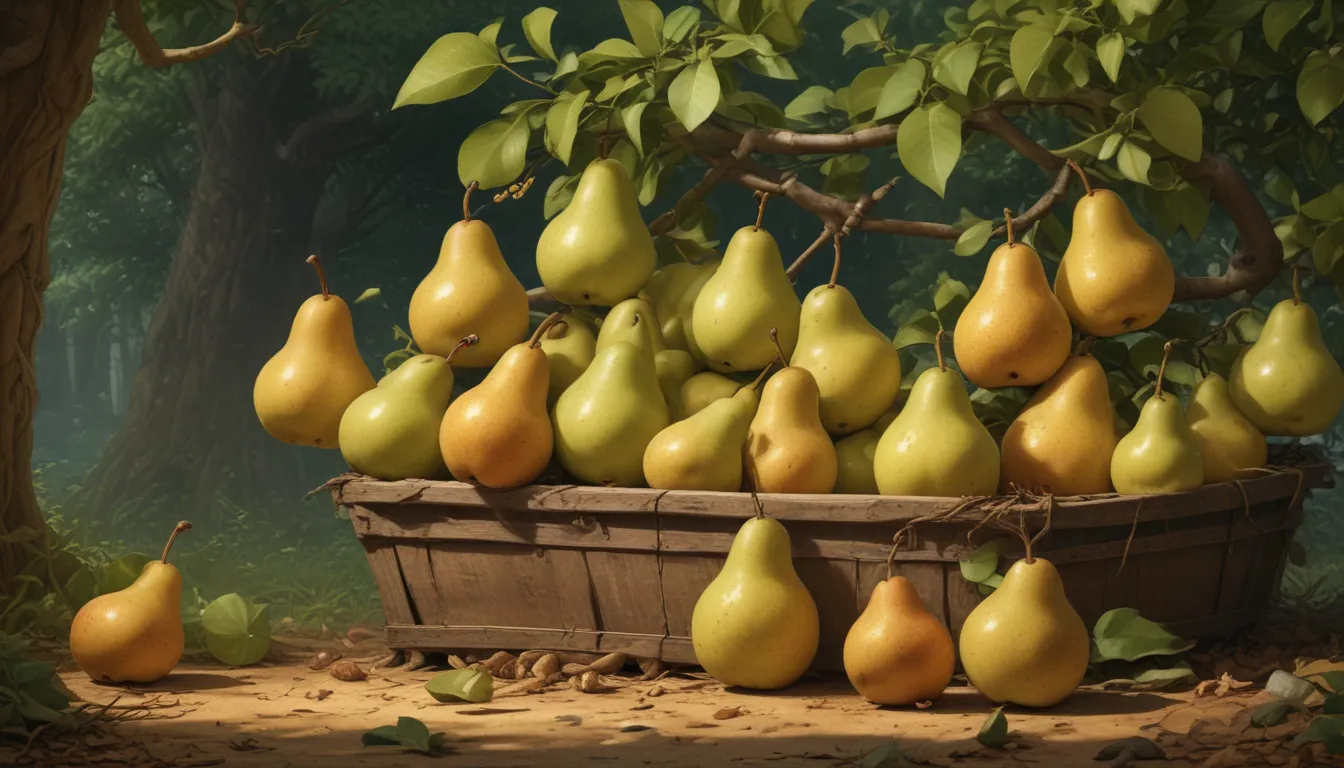Comprehensive Guide to Storing Your Pears After Harvest

Who doesn’t love the sweet, juicy taste of pears, especially during the autumn months? Whether you enjoy this fruit fresh, in desserts, or preserved, knowing how to properly handle and store your harvest is essential to ensure you can enjoy them for months to come.
In this in-depth guide, we’ll explore valuable tips and information on how to store your pears after harvest. From identifying different types of pears to cold storage techniques and ripening strategies, we’ve got you covered.
Types of Pears
Pears belong to the genus Pyrus and are primarily grown for consumption in two main species: European and Asian varieties.
-
European Pears (P. communis): Known for their soft, buttery texture and teardrop shape, European pears come in summer and winter varieties. Summer pears like ‘Bartlett’ can be stored for one to two months without requiring cold storage. Winter varieties such as ‘Anjou,’ ‘Bosc,’ and ‘Comice’ need four to eight weeks of cold conditioning before ripening.
-
Asian Pears (P. pyrifolia): Asian pears have a crunchy texture and a round shape similar to apples. They are typically allowed to ripen on the branch and require minimal cold storage, lasting up to three months.
Picking Your Fruit
European pears should be harvested when mature but still underripe to prevent mealy textures and core collapse. Signs of maturity include easy detachment from the branch and color changes such as a lighter shade or rosy blush for varieties like ‘Anjou’ and ‘Bartlett.’
On the other hand, Asian pears should be allowed to ripen on the branch, transitioning from green to golden hues as they mature. Harvest time can be determined by color changes and taste testing similar to apples.
Cold Storage Techniques
After picking, store your pears immediately by separating bruised or damaged fruits. For winter varieties that require cold conditioning, wrap them in tissue paper and place them in a ventilated box in a single layer. Ideal storage conditions include 30-32°F with 85 to 90 percent humidity, lasting two to six months depending on the variety.
Regularly check your fruit for signs of mold or ripeness and avoid storing them near strongly scented produce to prevent odor absorption.
Ripening Strategies
To ripen winter pears, bring them to room temperature (60-70°F) for three to 10 days. Accelerate the process by adding ripe apples, avocados, or bananas to release ethylene gas. Using a paper bag or placing pears in a cooler area can also speed up or slow down ripening depending on your preference.
Preserving Your Harvest
If you have an abundant harvest, consider making preserves such as pear butter, jams, or canned slices in light syrup. Dehydrating or freezing pears are also great options for long-term storage, especially for baking or cooking purposes.
Enjoying Sweet and Ripe Pears
With proper storage and handling, you can enjoy sweet, ripe pears from autumn to spring. Remember to maintain storage temperatures around 31°F for winter varieties and embrace the freshness of summer and Asian pears straight from the tree.
Share your pear storage and handling tips in the comments below to help other readers make the most out of their harvest.
For more information on growing your own pears, check out these related guides:
- How to Grow Fruiting Pear Trees
- 11 of the Best Fruiting Pear Varieties to Grow at Home
- How to Propagate Pear Trees from Cuttings
By following these expert tips, you can ensure your pear harvest remains fresh and delicious for months to come. Happy harvesting!





